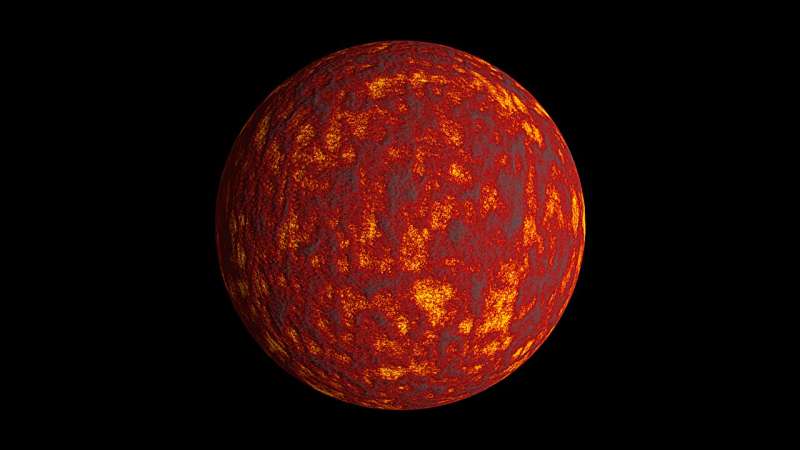Dive into the captivating story of how early Earth and Mars were once engulfed in vast, molten magma oceans. Discover how the crystallization of these primordial seas shaped the chemical makeup of the planets’ atmospheres, offering clues to their formation. Explore the latest research that unveils the complex dance between iron chemistry and the evolution of these ancient, fiery landscapes. Early Earth and Mars hold the key to understanding the origins of our solar system.

Unveiling the Molten Past of Earth
Before our beloved blue planet was formed, it was once a raging, fiery world engulfed in a vast, deep magma ocean. Stretching hundreds or even thousands of kilometers deep, this primordial sea of molten rock was a far cry from the lush, verdant landscape we know today.
As this magma ocean cooled and solidified over time, different types of minerals crystallized at varying rates, causing the chemical makeup of the molten rock to change dramatically. Simultaneously, the gases released from the magma transformed the composition of Earth’s early atmosphere, setting the stage for the planet’s eventual transition to the habitable world we know and love.
Unraveling the Secrets of Mars’ Fiery Origins
Earth was not the only planet to experience this fiery transformation. During their formative years, many rocky planets, including Mars, went through similar magma ocean stages. However, piecing together the exact details of these events has proven to be a challenging task, as they occurred in the distant past, both on Earth and in the far reaches of our solar system.
Nevertheless, researchers have found a valuable clue in the unreactive noble gases that are preserved in the atmospheres of these ancient worlds. By analyzing the chemical composition of these gases, scientists can gain insights into the evolution of the planets’ magma oceans and their primordial atmospheres.
Unraveling the Iron Chemistry Puzzle
The latest research, published in the Journal of Geophysical Research: Planets, presents novel models that simulate the crystallization of magma oceans on Earth and Mars. These models incorporate new calculations that capture the complex behavior of ferrous (reduced) and ferric (oxidized) iron as the magma cools and solidifies within the mantle.
By testing various initial conditions, such as the depth of the magma ocean and its chemical makeup, the researchers were able to identify the scenarios that best align with the known characteristics of Earth and Mars’ early atmospheres. Interestingly, the findings suggest that a shallow magma ocean on Earth, rather than a fully molten mantle, may have been the key driver behind the planet’s atmospheric evolution. For Mars, the models indicate that a lower initial concentration of ferric iron may be necessary to reconcile the planet’s atmospheric history.
